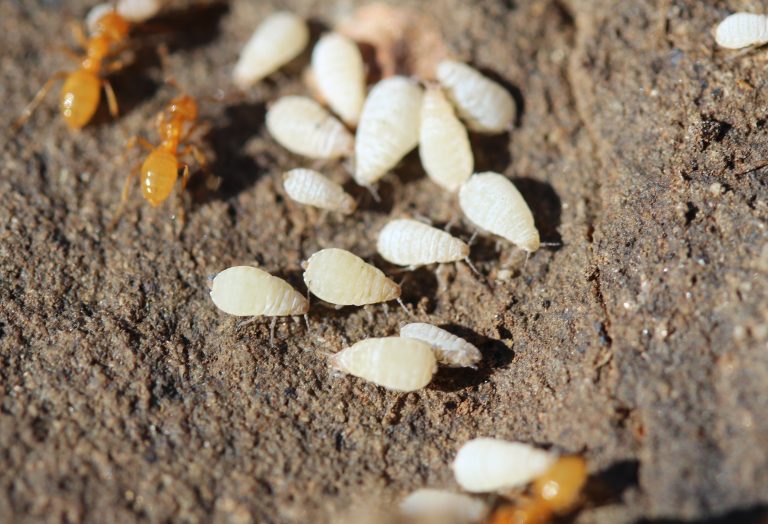Hyacinth – Cultivated Throughout the Moderate World
Scientific Classification
| Kingdom: | Plantae |
| Clade: | Angiosperms |
| Clade: | Monocots |
| Order: | Asparagales |
| Family: | Asparagaceae |
| Subfamily: | Scilloideae |
| Genus: | HyacinthusTourn. ex L. |
| Species: | Hyacinthus litwinowii |
The perpetual flowering plant, Hyacinthus orientalis (garden hyacinth, common hyacinth or Dutch hyacinth), inhabits the southern and central Turkey, South west part of Asia, Lebanon, North west of Syria and North of Israel. The 16th century saw its launch in Europe. Hyacinth undergoes extensive cultivation throughout the moderate world. Its flowers have incredibly fragrant blossoms and bloom especially at the start of the season. It will surely flower at Christmas season.
According to Greek hyacinth mythology, a young man by the name Hyakinthos was a favorite of Zephyr and Apollo, but in the midst of an argument between the two gods, he died by a discus; and a flower that it leaped from his blood was apparently named after him.
Anatomy
Hyacinth is a globular plant; having a bulb diameter of 3 to7 cm and the leaves have the shape of straps with length ranging from 15 to 35 cm and breadth of 1 to 3 cm. The leaves have a luscious and soft texture, and grow whirling at the base. The stem of the flower grows to a height of 20 to 35 cm (rarely to 45 cm) with 2 to 5 sweet-scented, purple six-lobed flowers of 2 to 3.5 cm long at its tip and a tubular perianth with six lobes.
How to cultivate domestically

Photo by: Eitan F.
Hyacinth bulbs planted during the fall, bear in spring. The Victorians respected hyacinth because of their lasting sweet fragrance, and they cautiously filled them with lower beds, with rows of alternate colors.
While planting, they closely pack the dense to loose racemes of the highly scented single or double tubular flowers. Hyacinth is also good for planting in the ground. Colorful hyacinths are extremely good for placing in vases and for decorating indoors.
Summary
Preparation for Planting
| Type of Plant: | Flower |
| Hardiness Zones (USDA): | 4 to 9 |
| Exposure to Sun: | complete Sun, Part Sun |
| Type of Soil: | Loamy |
| Color of Flowers: | Orange, Red, Pink, Yellow, White, Purple and Blue |
| Time of Bloom: | Spring |
Planting
- When planting them outdoors in autumn, plant the bulbs a minimum of 3 inches distance apart and 4 inches below the ground.
- Where the soil is hard, plant them to a depth of 6 to 8 in.
- Grow the hyacinth plants in partial shade or sun in well-drained reasonable fertile soil. At dry season supply adequate water.
- While planting, loosen the soil, mix it with compost and place it in the hole keeping the pointed tip up.
- When you complete planting, cover the soil and water sufficiently.
Placement and Watering
While watering, protect the shoots from getting wet and do not allow the soil to waterlog. Water the hyacinths when dry in autumn.
After Bloom Care
- When dry in autumn, water the hyacinths.
- When put in containers, prevent them from too much moisture during winter.
- Once flowering is total in the spring, lance the stalk of the flowers and retain the leaves allowing them to die a natural death.
As a Cut Flower
While arranging your Hyacinth cut flowers in a flower-pattern, you have several methods to extend their shelf life. At first, retain them on the bulb, secondly, keep them cool, and thirdly, keep them in plastic bags till it is time for you to see them.

Having discovered a fondness for insects while pursuing her degree in Biology, Randi Jones was quite bugged to know that people usually dismissed these little creatures as “creepy-crawlies”.







